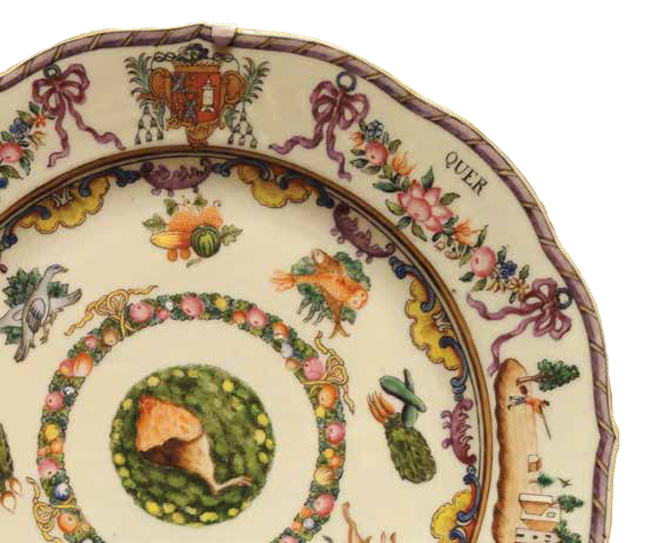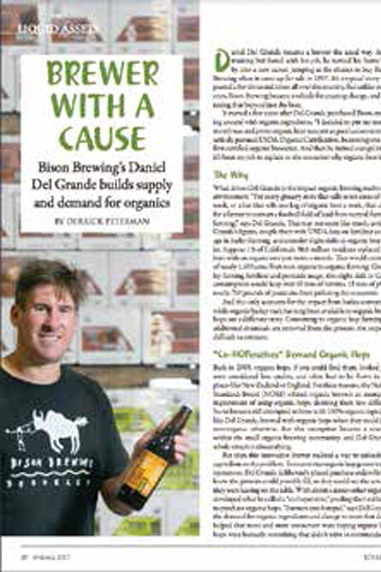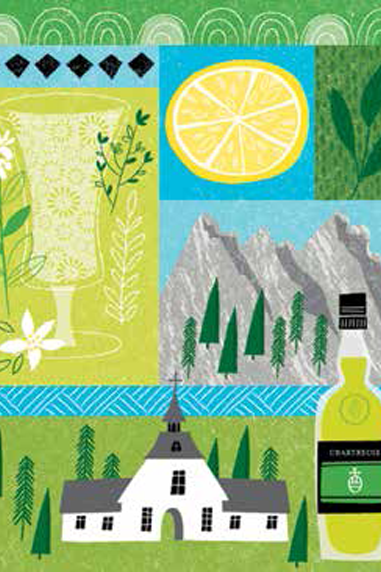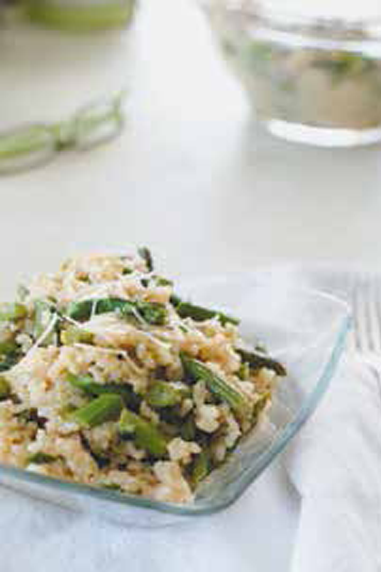Edible Browsing: June-July 2017
For every grocery store that sells seven cases of organic beer a week, or a bar that sells one keg of organic beer a week, that creates demand for a farmer to convert a football field of land from normal farming to organic farming,” says Del Grande. Suppose 1% of California’s 38.8 million residents replaced non-organic beer with an organic one just twice a month. That would … keep 40 tons of nitrates, 15 tons of phosphates, and nearly 700 pounds of pesticides from polluting the ecosystem.
Edible East Bay,
Spring 2017, “Brewer with a Cause,” page 18
But (Chris) Bianco says, “Precisely because they are humble and unassuming, sandwiches have a lot to teach us about what it takes to make good food. Most people are rarely prepared to answer the question of why they think a certain food is good (or not), and just taking the time to ask that question is the beginning of a great sandwich.”
Edible Phoenix
Summer 2017, “Bianco – The Reluctant Cookbook Author,” page 8
"I use good china because the world is huge and full of pain and loss; if a plate cracks or a teacup shatters, no one is harmed. What’s the point of life if the good stuff always stays locked away, safe and forbidden? When something beautiful finds its way to you, you must incorporate its beauty into your life, even if that means you risk losing it."
Edible Jersey,
Spring 2017, “Setting the Table,” page 18
When I am called on to explain Green Chartreuse at any length, I tell the story of how only two Carthusian monks are allowed to know the recipe at any time, and how they’re never allowed to be in the same place at the same time. . . We bartenders have a saying: “Never let the truth get in the way of a good story.”
Edible Cleveland,
Spring 2017, “The Persnickety Green Chartreuse,” page 24
(Asparagus) has been prized for almost 2,000 years, with various species cultivated by early Egyptian cultures as far back as 3,000 BC. Today, China leads the world in the commercial production of the vegetable, producing 587,500 tons a year followed by the country of Peru, with an output of 186,000 tons. The United States lags behind, producing a total of 102,780 tons.
Edible Green Mountains,
Spring 2017, “Asparagus, Vegetable Royalty,” page 17










